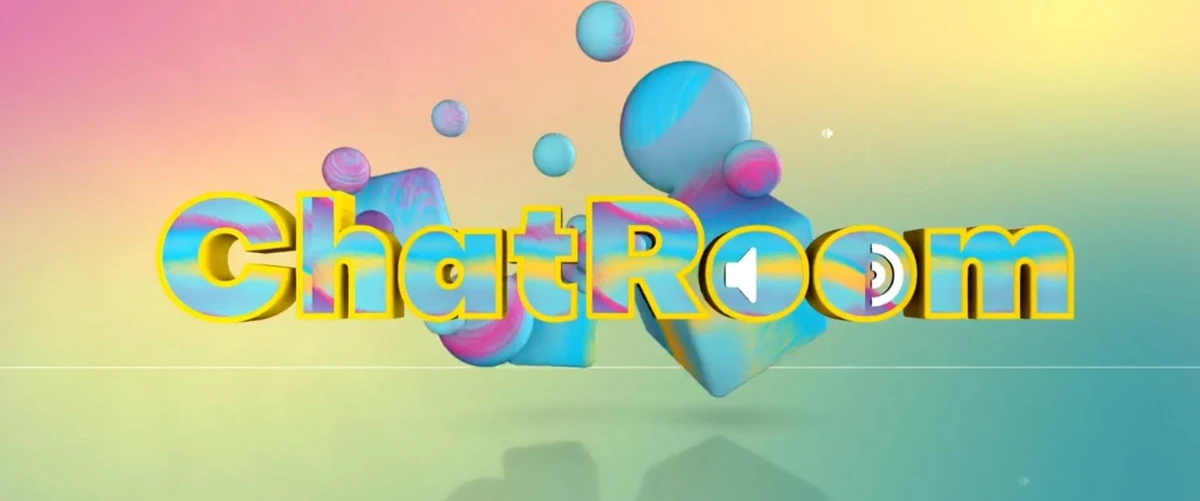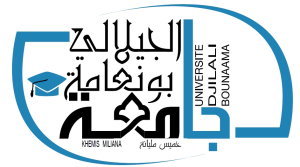مدخل الى وسائل الاعلام و الاتصال
Section outline
-

The scale " introduction to media and communication " aims to introduce students to the fundamentals of media and communication, including their theories, history and impact on society.
-

Email : z.tafiani@univ-dbkm.dz
moodle linke : http://moodle.univ-dbkm.dz/course/view.php?id=3661#section-3
ps: academic context
-

This space is for students to exchange information
-
-
 This scale serves as an important foundation for any student studying in the field of media and communication, as it equips them with the necessary knowledge and skills to understand the contemporarymedia environment and work within it.- To provide students with a comprehensive understanding of how media and communication function.- To analyze the role of media in shaping society and culture.- To develop critical skills for evaluating media content and its impact.
This scale serves as an important foundation for any student studying in the field of media and communication, as it equips them with the necessary knowledge and skills to understand the contemporarymedia environment and work within it.- To provide students with a comprehensive understanding of how media and communication function.- To analyze the role of media in shaping society and culture.- To develop critical skills for evaluating media content and its impact. -

Prior knowledge refers to the knowledge and skills that students possess before studying a new subject. In the context of studying new media, the prior knowledge of students can include the following:
1.Basic Technical Skills:
- Ability to use computers and the internet.
-Skills in using basic applications such as word processors, spreadsheets, and presentation software.
2. Knowledge of Traditional Media:-Understanding the different types of traditional media such as newspapers, radio, and television.-Knowledge of the history and evolution of media.
3. Digital Communication Skills:- Ability to use email, social media, and online communication platforms.- Skills in writing and effective communication through digital mediums.4. Principles of Media and Communication:- Understanding the basic theories of communication, such as communication models and types.- Knowledge of key concepts like target audience, media messages, and media influence.5. Research and Sources:- Ability to search for information online and use reliable sources.- Skills in analyzing and evaluating various sources.6. Awareness of Media Ethics:- Knowledge of ethical principles in media such as integrity, objectivity, and social responsibility.- Awareness of the importance of privacy and digital security.7. Digital Technology:- Basic understanding of digital technology and how to use it in producing and consuming media content.- Knowledge of digital content creation tools like photo and video editing software. -

New Media refers to the contemporary forms of communication that have emerged with the advancement of digital technology and the internet. Unlike traditional media, which includes newspapers, radio, and television, new media encompasses digital platforms that are interactive, networked, and often user-generated. This includes social media, blogs, websites, online video streaming, podcasts, and mobile applications.
-
1- what is new media?
The new media as a procedural concept is all the means that
depend on new information and communication technology for the
purpose of communicating between individuals or informing them of
various news and information such as the Internet with its various
services (e-mail, social networking sites ...), smart phones ... etc. In
other words, the new media is a set of props such as computers, tablets
and smart phones that can be combined into one device that includes
the use of the Internet, the telephone network, and any other type of
network that allows the networking of a part of this world.
"Users of new media are the group of individuals who can
follow the old media in addition to using technological applications
through these media from anywhere depending on their screens, and at
any time depending on networks. In order for the mass media to
become users, they must have devices Advanced communication such
as computer connected to the Internet, mobile phone and electronic
tablet, but to achieve this assumption requires excluding individuals
who suffer from traditional illiteracy, as well as individuals who suffer
from electronic illiteracy in addition to individuals who suffer from
technophobia "anti-tech"2- what are the main characteristics of new media ?
digital
interactivity
hypertextual
global networks
virtual worlds
simulation
-
what are types of new media ?
The researcher, Ali kessaisia, divided the new media on the
basis of three aspects: the historical aspect, the technical aspect, and
the audience aspect , These sections are as follows:Electronic media (E-Media)
Online Media
Citizen Media
Web Sites:
Social networks on the Internet
wikis
-
what is the effect of new media?
The impact of this new media on society is varied in both positiveand negative outlooks.Internet makes everyone a publisher and everyone a librarian, inthat anyone can both produce and retrieve an unprecedented amount.of information. The gate-keeping and agenda-setting functions of thetraditional media establishments are bypassed in favor of searchengines and directories. Ideally, this means that any person withInternet access (still a fairly small number, confined primarily to thedeveloped world) can gain information about any issue, event, orplace, without the restrictions of time, expense, geography, andpolitics that used to limit such information gathering.By chatting with strangers in chat rooms and readinginternationals newspapers online, we believe that we are learningabout foreign cultures and perspectives directly from the sources.What is new in this type of communication is that young peopletoday, and not only they, are happy to decide for themselves what iscredible or worthwhile and what is not. The old media model was:there is one source of truth. The new media model is: there aremultiple sources of truth, and we will sort it out. The mass mediaaudience is no longer a captive, today's media consumer is unique,demanding, and engaged.
-
What are the advantages of new media to students?
New media offers several advantages to students, transforming the way they learn and interact with educational content: 1. Access to a wealth of information: With new media, students have access to a vast repository of educational resources, including online textbooks, academic articles, video lectures, and interactive learning platforms, enabling them to explore various topics beyond traditional classroom materials. 2. Enhanced learning experiences: Interactive and multimedia-rich content on new media platforms can make learning more engaging and enjoyable for students. Educational videos, simulations, and gamified learning applications can help reinforce concepts and improve comprehension. 3. Flexibility and convenience: New media allows students to access educational content anytime and anywhere, accommodating different learning styles and schedules. They can study at their own pace, which is particularly beneficial for self-paced or distance learning programs. 4. Collaboration and networking: Online platforms enable students to collaborate with peers from different locations, facilitating knowledge exchange and group projects. Social media and forums provide opportunities to connect with experts and educators for additional guidance. 5. Personalized learning paths: New media platforms can use data analytics to track student progress and preferences, enabling personalized learning paths and targeted support, and enhancing the overall learning experience. 6. Accessible assistive technologies: New media can incorporate assistive technologies that cater to students with disabilities, making educational content more inclusive and accessible to all learners. Overall, new media empowers students to take charge of their education, fostering a more dynamic and interactive learning environment that adapts to their individual needs and preferences.
-

New Media has revolutionized communication by leveraging digital technology and the internet. It offers interactivity, global accessibility, and convergence of various media types, fostering community building and empowering user-generated content. This transformation has reshaped how we consume and share information, making New Media a crucial aspect of modern life and a driving force for innovation and connectivity in our increasingly digital world.
-
Opened: Friday, 13 December 2024, 12:00 AMDue: Sunday, 28 December 2025, 12:00 AM
-
-
 1. Karol Jakubowicz,) 2009( “A New Notion of Media”, 1ST Council of Europe Conference of Ministers Responsible for Media and New Communication Services, Reykjavik, Iceland
1. Karol Jakubowicz,) 2009( “A New Notion of Media”, 1ST Council of Europe Conference of Ministers Responsible for Media and New Communication Services, Reykjavik, Iceland2. Marlin Lister, (2003), « New Media : A Critical Introduction» Rout Ledge, London, Britain .
3. Rogers, E.M, )1986 (, “Communication Technology, The New Media in Society” , The Free Press, New York, USA .
4. Dillon, P.M, and D.C, Leonard,” Multimedia and the Web from A to Z”, 2nd ed, Phoenix Ariz, Oryx Press .
5. Thierry Baruch, )2006( « Blog Professionnel :Un Outil D’échange et De Communication »,Edition ENI Paris .


